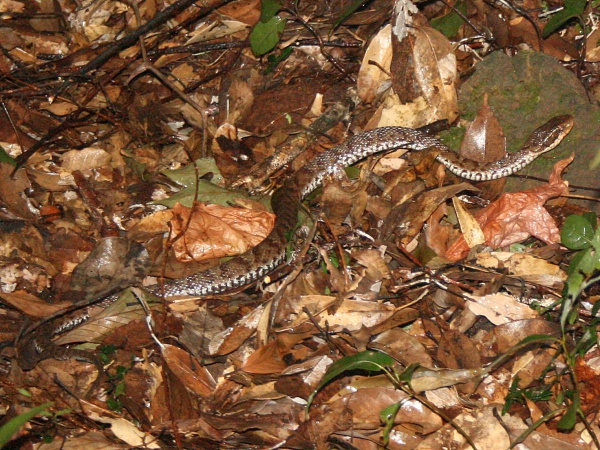Facts About Gloydius ussuriensis
The Ussuri pit viper, scientifically known as Gloydius ussuriensis, is a venomous snake species indigenous to far eastern Russia, northeastern China, and the Korean Peninsula. Notably, this species lacks any recognized subspecies and is commonly referred to as the Ussuri mamushi.
In terms of size, adult male Ussuri pit vipers typically measure between 37 to 63 centimeters in length. Females tend to be slightly larger, ranging from 41 to 64.7 centimeters. The species is characterized by its distinctive scale pattern, which includes 21 rows of keeled dorsal scales, 146 to 157 ventral scales, and 39 to 54 subcaudal scales. The snake's coloration ranges from light brownish-gray to blackish, featuring large elliptical blotches along its back and a prominent dark stripe behind the eyes.
Geographically, the Ussuri pit viper is distributed across far eastern Russia, northeastern China, North Korea, South Korea, and even Quelpart Island. There has been some taxonomic confusion with similar species like G. saxatilis and G. brevicaudus in regions such as Korea and parts of Liaoning in China, where these species coexist.
To clarify its classification, Chernov suggested that the type locality of Gloydius ussuriensis should be restricted to the Suchan River area in Primorsky Krai, Russia. The species' variable color patterns have made it challenging to distinguish it from related species, particularly in regions where their habitats overlap.

 North Korea
North Korea